In the second quarter of 2025, India became the largest supplier of smartphones to the United States for the first time, with a 44% share, while China’s share plummeted from 61% last year to 25%, ranking third.
Is this India, once ridiculed as the “factory of the world for screwdrivers,” really going to make a comeback in the mobile phone manufacturing sector?
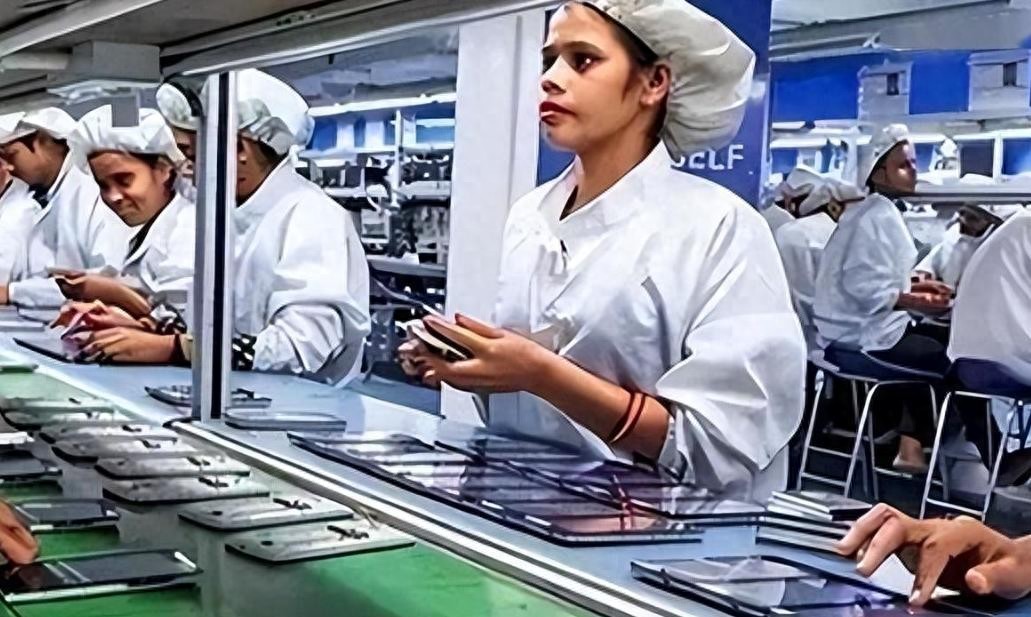
Supply chain revolution
Canalys’s report is like a blockbuster, India’s share shot up from 13% last year to 44%, a growth of nearly 240%, the number looks really scary.
But a closer look at the domestic U.S. sales data shows that U.S. smartphone shipments in the second quarter only increased by 1 percent, while Apple, the big brother, saw its shipments decline by 11 percent, from 15 million to 13.3 million. Samsung, on the other hand, grew by 38 percent to 83 million, but the overall market did not experience Explosive growth.

That’s strange, the demand for mobile phones in the US hasn’t increased much, so why has the import volume changed so dramatically? The answer is actually very simple: US manufacturers are going crazy hoarding.
To put it in layman’s terms, if consumers know that the supermarket may raise prices in the near future, will they not buy more daily necessities today and stock them at home? US mobile phone manufacturers are now in this mindset. Although the Trump administration has not significantly increased tariffs on all countries for the time being, who knows when this “Twitter governance” president will have another whim?

hoarding trend rises
In April 2025, the Trump administration, under the pretext of “reciprocal tariffs,” threatened to impose tariffs on all countries around the world. Although this policy was ultimately implemented to a limited extent, with only a few agreements signed with the EU, Japan, and South Korea, American manufacturers were already frightened.
After all, the lessons from the previous administration are right in front of us. During the trade friction between China and the United States, tariffs on Chinese products once soared to 20-30%, and some components even reached 145%. Once these levels of tariffs are implemented, they are basically “back to square one”. Thus, a smokeless panic buying war quietly began. US manufacturers would rather pay a little more for storage fees than fill their inventory before the tariff policy is implemented. And India happened to be in the right time window.
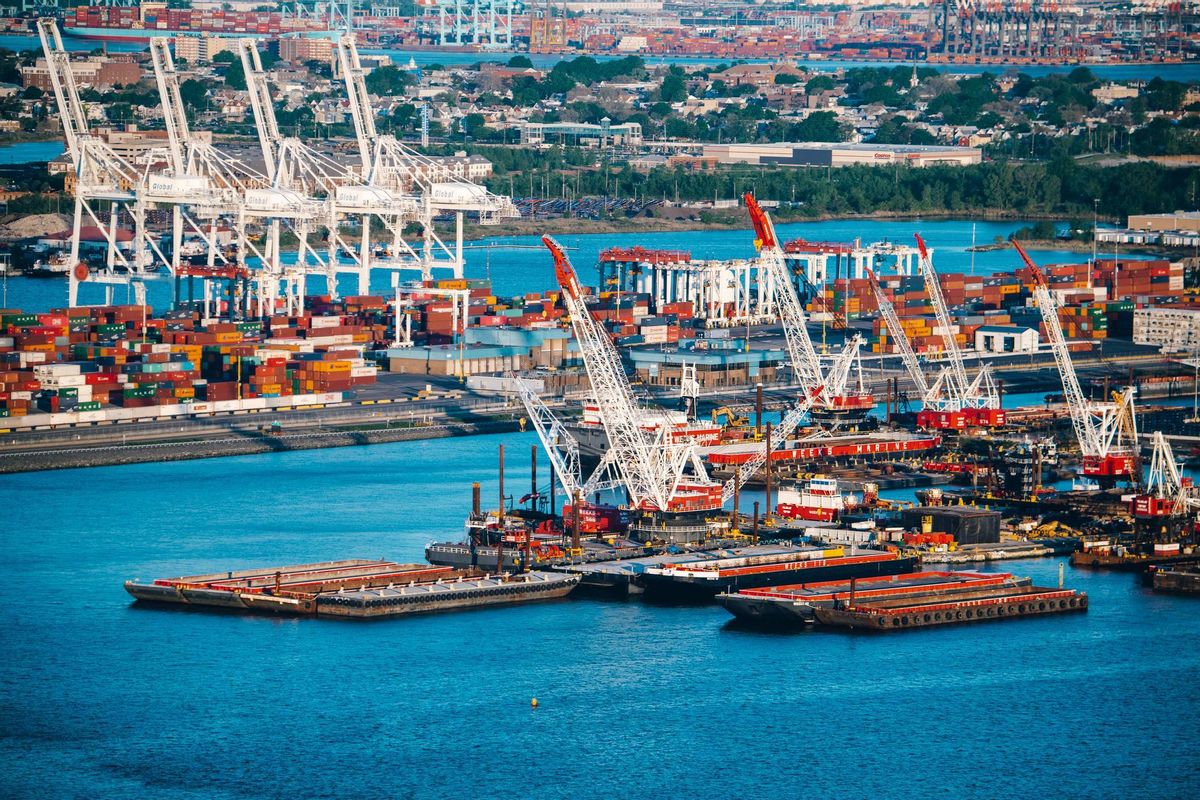
Apple played a key role in this supply chain transfer, with the company producing $22 billion worth of phones in India for the fiscal year 2024-2025, a year-on-year increase of 60%, and the annual production jumping from 40 million to 60 million. More crucially, 80% of these phones are exported, directly boosting the proportion of India’s exports to the US.
Foxconn, as Apple’s contract manufacturer giant, naturally has to follow the boss’s footsteps. As early as 2015, Tsai announced that it would invest $5 billion in India to build a factory. In 2019, it made a bold statement that it would transfer $300 billion in production capacity to India. In May this year, Foxconn spent another $2.56 billion to build a new factory in Karnataka, planning to add 1 million more Apple phone production capacity by the end of the year.
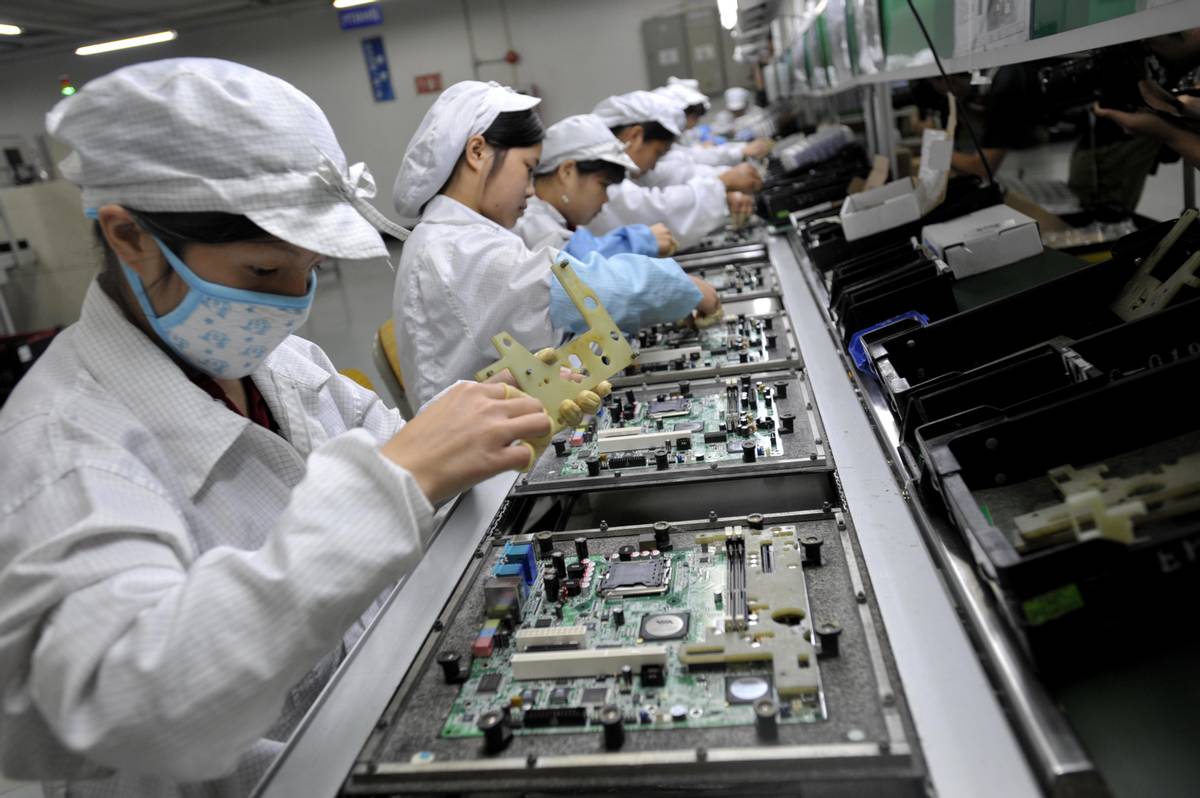
Indian ambitions
Modi saw this opportunity and was even more excited than winning the lottery. He immediately raised the flag of “Made in India” and dreamed of making India the “next China,” even directly replacing China’s position as the “world factory.”
In March 2023, the Indian government confidently set a target: to achieve $300 billion in electronic product manufacturing by 2026. To achieve this goal, the Indian government has reportedly spared no expense, investing more than $23 billion in financial subsidies, from tax incentives to infrastructure support, offering almost every benefit possible.
India’s abacus is very good, I have a population of 1.4 billion, which is the largest consumer market in the world; I have cheap labor, which is the biggest cost advantage; I also have the full support of the government, which is the strongest policy guarantee. It looks really good, but reality is often much more complex than imagined.
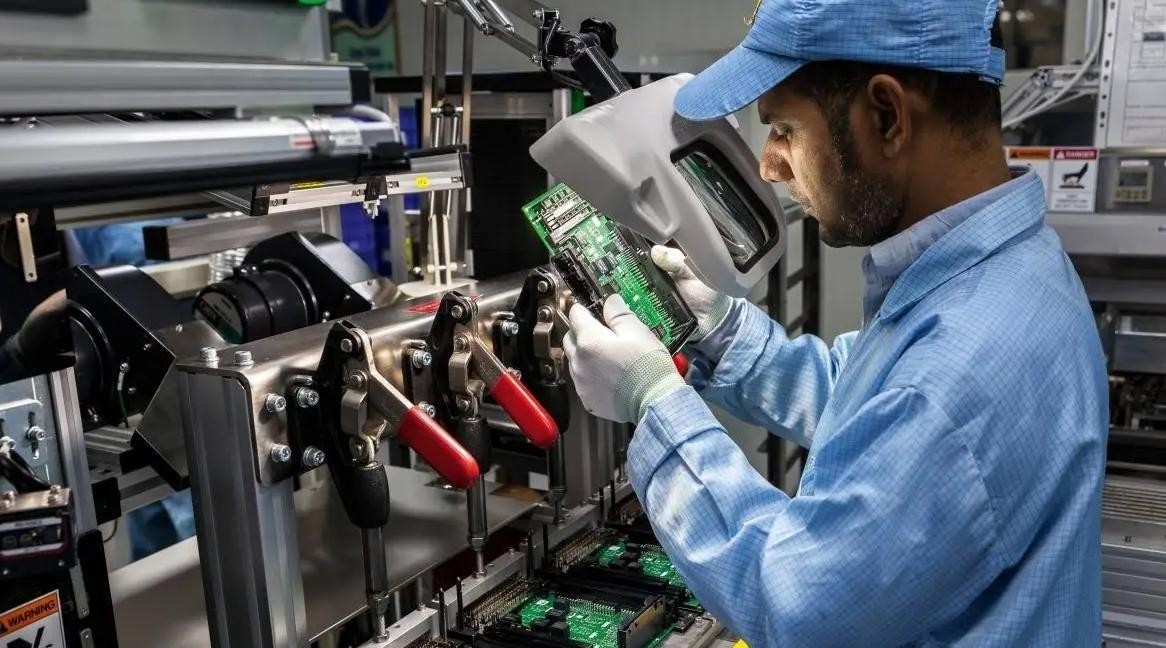
After all, a large population does not equal a large market. Although India has 1.4 billion people, most people’s income level is still close to the subsistence line, and the proportion of the middle class with real consumption capacity is very small. Moreover, the gap between the rich and the poor in India is extremely large, and wealth is mainly concentrated in the hands of a few people, which can never support a huge consumer market.
Having a large population does not necessarily translate into an ample labor force. Many Indians are unable to become qualified industrial workers due to educational constraints. The cost of training a skilled worker in India is significantly higher compared to China. Not to mention the “weird” demands of Indian workers, such as the workers at Samsung’s Indian factory demanding the implementation of “hereditary system,” where positions can only be filled by their own children after they resign.
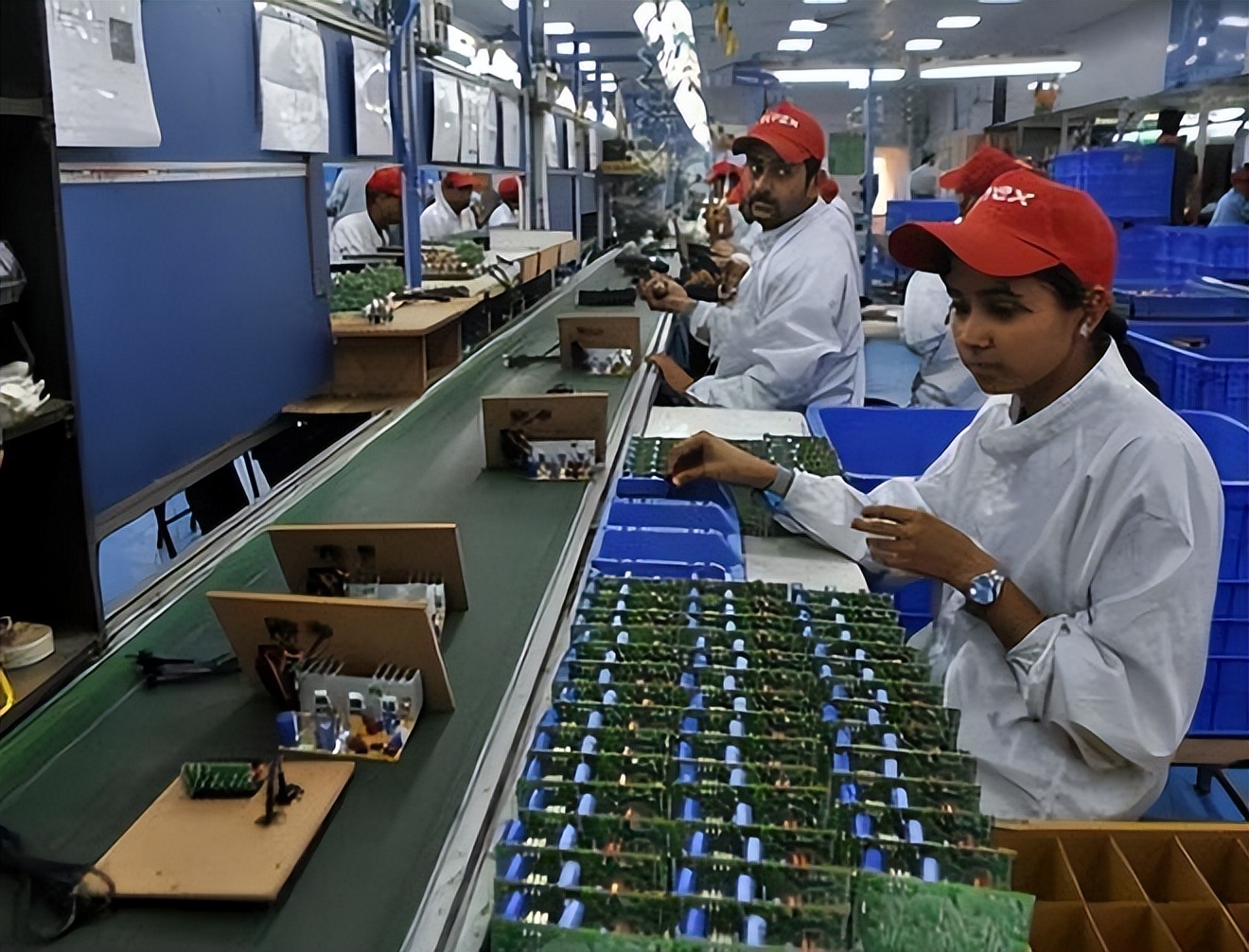
Realistic assessment
While India has achieved “overtaking” in statistical terms, a closer analysis reveals that this surpass is more a matter of digital games than a substantive industrial upgrade. Indian factories are mainly involved in the assembly link in the entire mobile phone production chain, with core technologies and key components still heavily dependent on imports. Taking the iPhone as an example, 60% of the core components of the iPhone assembled in Indian factories need to be imported from China. This not only fails to reduce costs but also increases the overall cost by 15-20% due to the addition of an intermediate link.
And, the production efficiency and yield rate of Indian factories are significantly lower than China. The yield rate of Indian factories is only 85-88%, which is 10 percentage points lower than that of Chinese factories. Don’t underestimate this 10% gap, for a production volume of tens of millions of units, the rework cost can be as high as $25-50 million.
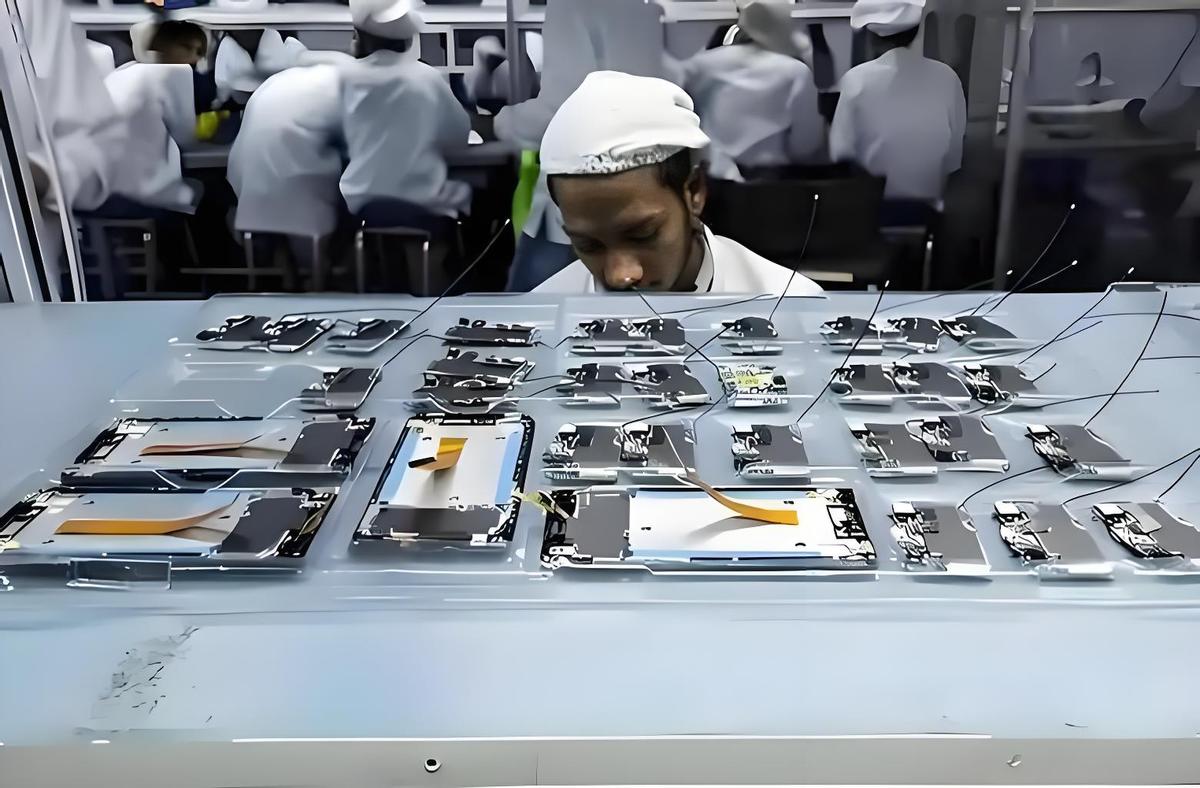
Until now, Foxconn’s factories in India have relied on on-site guidance from Chinese technicians, or the派of Indian workers to the Shenzhen headquarters for training. It is difficult to change this state of technological dependence in the short term, as industrial manufacturing is not something that can be accumulated overnight, but requires decades of technological accumulation and talent training.
What really worries foreign companies is the policy flip-flops of the Indian government. India is not called the “graveyard of foreign capital” for nothing. Xiaomi has been doing well in India and even became the market leader at one point, but when it wanted to bring the money it had made back to China, it was intercepted by the Indian government for various reasons and eventually fined a huge amount. This kind of “make money in India, spend it in India, and don’t want to take it home” operation has made many foreign companies shiver. Policy uncertainty and the deterioration of the business environment have become the biggest obstacles to the development of India’s manufacturing industry.
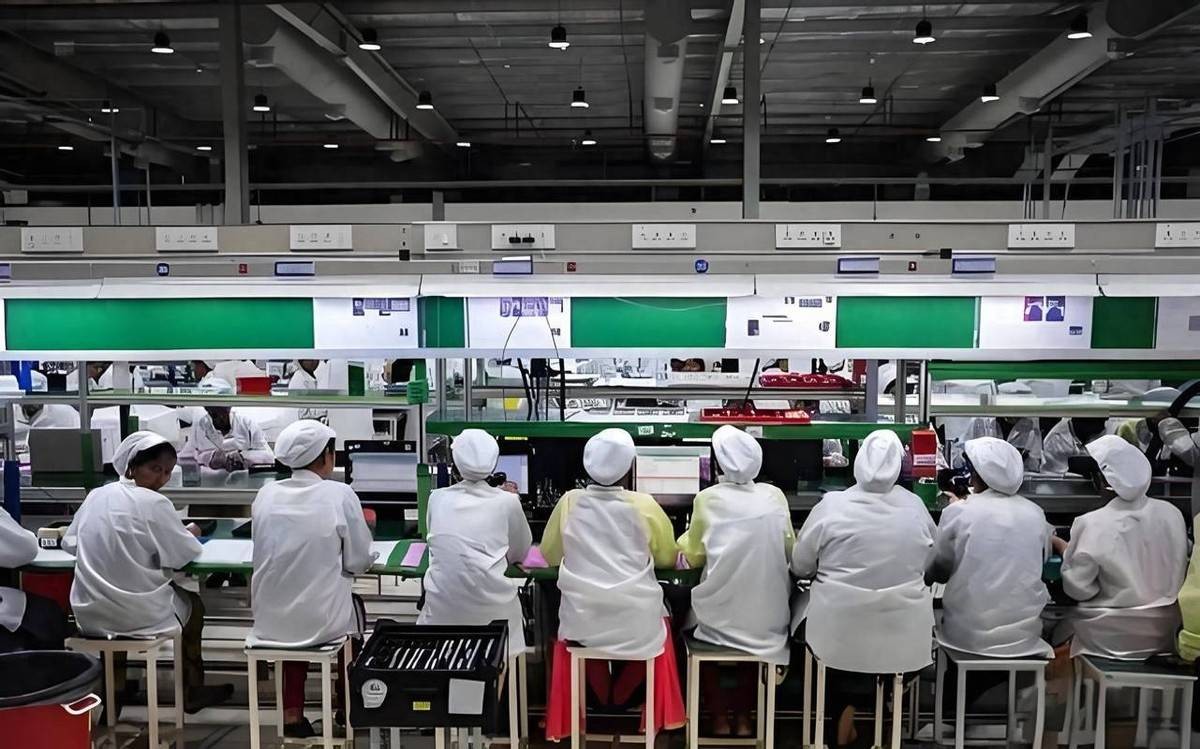
So, India now wants to truly replace China’s manufacturing position, which is really a dream. China still controls 70% of the global supply of core components for mobile phones and is transforming towards high-end manufacturing. The 591% growth in AI phone shipments in 2024 shows that China’s manufacturing is achieving value chain climbing, rather than simple capacity transfer.
While India’s 44% market share may seem impressive, it is more the result of the China-US game and short-term safe-haven strategies in the US. The real manufacturing strength depends on technological accumulation, industrial ecology, and policy stability. In these aspects, India has a long way to go to achieve the goal of “the world’s factory”.